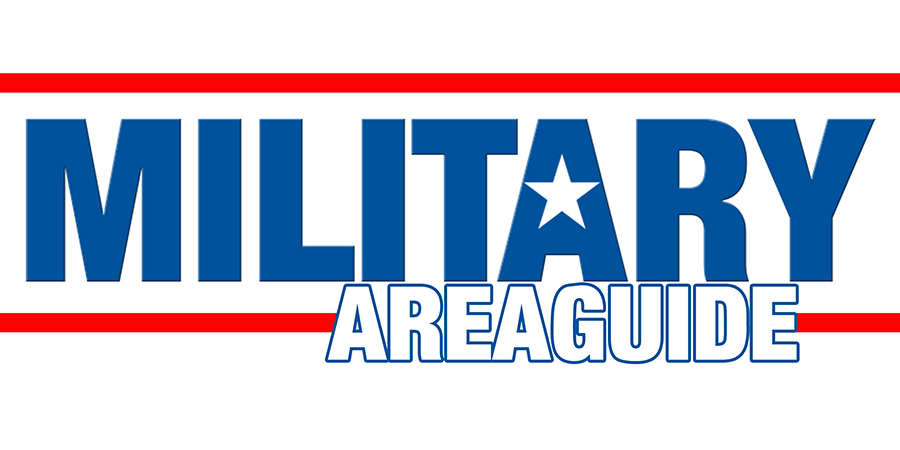Marines to field new revolutionary radar

The Marine Corps will soon see a new and improved radar system delivered to the force, one that replaces five legacy systems into a single solution.
Advertisement

The Ground/Air Task Oriented Radar, or G/ATOR, “takes five legacy radars and replaces it with one [making it] remarkable in that manner,” Roshan Roeder, vice president of the global ground based radar land and avionics C4ISR division of Northrop Grumman Mission Systems, said March 29. Northrop Grumman is the system's manufacturer.
G/ATOR will be delivered to the first operational air unit in February 2018, said John Karlovich, G/ATOR’s program manager.
Right now, the Marines have the first six of an eventual 45 G/ATOR systems, and they will begin developmental tests this year with operational assessments and the initial fielding to the air community in 2018, said Karlovich.
The system is capable of conducting four missions:
Counter rocket, artillery and mortar;
Counter unmanned aerial systems;
Air traffic control;
Short range air defense.
Roeder said Northrop ensured from the start that the system could support future capabilities, adding that G/ATOR was made in a way so more modules for additional capabilities could be added without creating new technology. G/ATOR leverages an open systems architecture, allowing for software and system upgrades to adjust to emerging threats.
“We are capable of adding additional functions such as theater ballistic mission capability, additional counter unmanned aerial systems capability such as low, slow, small; it already has some anti-jamming capability, but more could be added,” she said.
Col. Matt Culbertson, with Headquarters Marines Corps Aviation, noted the importance of a system that takes future threats into account.
The Marine Corps is a balanced force, he said, adding they can go out and do things with a Marine Expeditionary Unit, but also they have to have a heavy punch as a middle weight force with the Marine Expeditionary Battalion or Marine Expeditionary Force capability.
G/ATOR consists of three elements or subsystems, the Radar Equipment Group, or REG, Communications Equipment Group, or CEG, and Power Equipment Group, or PEG.
The REG is the antenna that tracks threats. Mark Smith, director of business development for emerging systems and strategic initiatives at the land and avionics C4ISR division of Northrop Grumman Mission Systems, explained that the antenna not only has great range, but also possesses “exceptional volumetric coverage.” From the test center at Northrop’s facility adjacent to Baltimore-Washington International Airport, Smith said with unobstructed transmission, the antenna can detect and track tactical aircraft from the test site to south of New York City, to Norfolk, Virginia, to the Appalachian Mountains and well out into the Atlantic Ocean.
Smith said one of the biggest challenges with the G/ATOR system was that it had to be MEUable, or cable of moving with Marine Expeditionary Units where ever they go. As such, Northrop Grumman had to comply with the Marine requirement that G/ATOR be single sling-loadable onto an MV-22 Osprey.
The CEG, which was mounted onto a Humvee at the demonstration, but could be mounted to any platform, has two primary functions: It accepts confirmed target tracks from the REG and encrypts those tracks and formats them into the appropriate formats to feed into command and control systems.
The PEG consists of a 60-kilowatt generator on a 7-ton truck, which tows the REG, Smith said.
In terms of how the system will be integrated within the Marines’ force structure, Culbertson said that not every MEU needs to look the same. They’ll task organize where appropriate and might task organize different units with different capabilities.
Karlovich noted that the G/ATOR system has the potential to be tailored depending on certain threats to a certain operational environment or theater. Depending on the threat, G/ATOR could be tailored to specific mission threads of interest, he said.
G/ATOR’s open architecture will give the Marine Corps the flexibility in the future to take it outside of what it was currently built for, said Chief Warrant Officer William Kelly, G/ATOR Block I project officer.
G/ATOR will reach full operational capability in 2024 when all 45 systems are delivered.
Leidos has been awarded a $38 million Air Force Research Laboratory contract to conduct electromagne…
The Defense Department is making the elevation of Cyber Command to a full unified combatant command…
To read more, please visit: http://www.c4isrnet.com/articles/marines-to-field-new-revolu...











